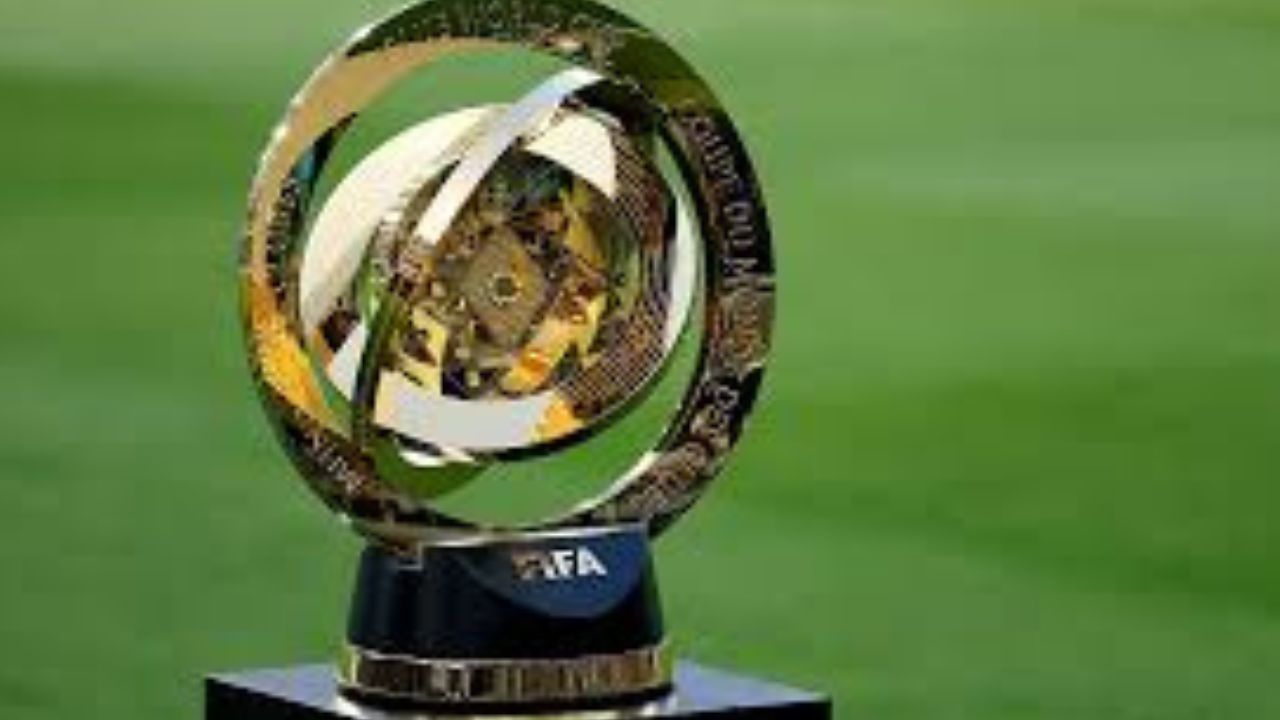The expanded FIFA Club World Cup is the focus of today’s briefing, which sketches some of its prospects and challenges. Clubs decisions to take part in this event are influenced by responses gleaned from Kaveh Solhekol.
The main themes
Legitimacy and Competition Are Rising——Growing pains or no, the new-look Club World Cup is a surprisingly successful rival. The best teams, from major clubs around the world, are coming together with superstars and their respective top players.
Winner Takes All. By far the biggest reason top clubs, and particularly European ones, are taking this tournament seriously is its mammoth prize money.
A Unique Opportunity for Cross-Confederation Competition—— By inviting clubs from the different continents to compete, the tournament will deliver something that has never occurred before: authoritatively competitive matches featuring novel rivalries and great spectacles.
Controversy and Player Welfare Issues: Because of the tournament’s timing and the traditional holiday period in Europe, mainly for European players, it remains largely disputed.
A Mixed Picture of Attendance Records–Though certain games have seen dwindling numbers of spectators, FIFA insists its average attendance figures are not bad at all and anticipates that as this tournament proceeds attendance will rise.
Key points in the material
- Unlooked-for Competitiveness and Involvement from the Big Clubs:According to Solhekol’s observation, big clubs are showing an unexpectedly high level of participation. He said, “The big clubs have been taking it very seriously, putting out first-rate teams.” It raises the overall standard and stakes of the matches, making them—— “as exciting as group stage games of previous World Cups.”
- The huge promise of a one billion-dollar payout. The primary reason why serious clubs have attended the competition Subscription Solo, Because of this game-changer incentive: Lots big name sides are taking seriously a competition on which they previously lai hardly any emphasis.
- Unique intercontinental match-ups such as these are undoubtedly the most striking feature of the cup. Solhekol’s comment is telling: “It’s been fascinating to watch clubs from different continents play competitive games against each other.” For instance, when Chelsea played Los Angeles FC at Atlanta, that was the first competitive game between English and American clubs to be staged in Miami. Yesterday, both Real Real Madrid were participating in a hot rock stadium where Asia scored far more goals across every minute than Europe did.
- Player welfare and the timing of games controversy: The biggest “negative” to this event is also criticised by Solhekol. “This tournament is very controversial and particularly within those times at which it is staged” June here in America in June, and while this is when European blades traditionally enjoy holidays. Not this year, though. Instead, they are out of the country on their separate private holiday tours. Meanwhile, big clubs from Europe have sent themselves here to play competitive games in the heat–far different treatment than their players are receiving.
- Variable Attendance, but FIFA Takes a Positive View: Whilst noting the “low attendances in some games” as well as “thousands and thousands of empty seats,” Solhekol points out that FIFA is spinning the numbers positively: “What FIFA would say is that on average the attendances at games has been 38,000 and they’re quite happy about that; they think it’ll increase and probably does so more as we go through group stage knock-out rounds into knockout rounds.” FIFA expects that spectators will be drawn in as the tournament moves on to even more decisive knockout stages, saying “healthy crowds” are expected for upcoming high-profile games such as “Chelsea back in action tomorrow in Philadelphia against Flamingo” and “Bayern Munich against the mighty Boka Juniors from the Hard Rock Stadium.”

